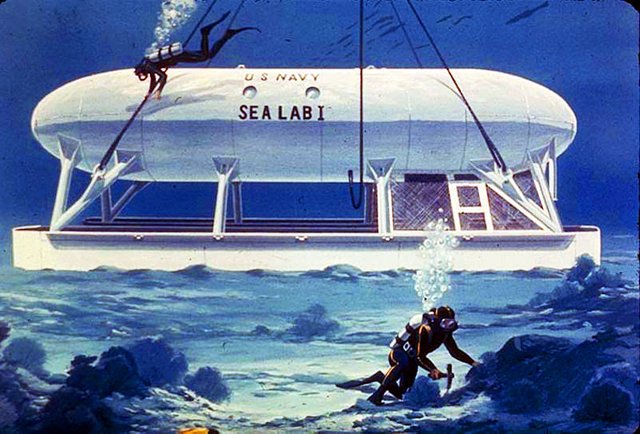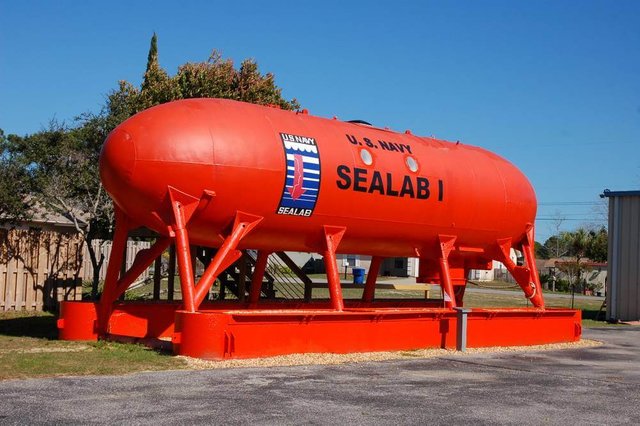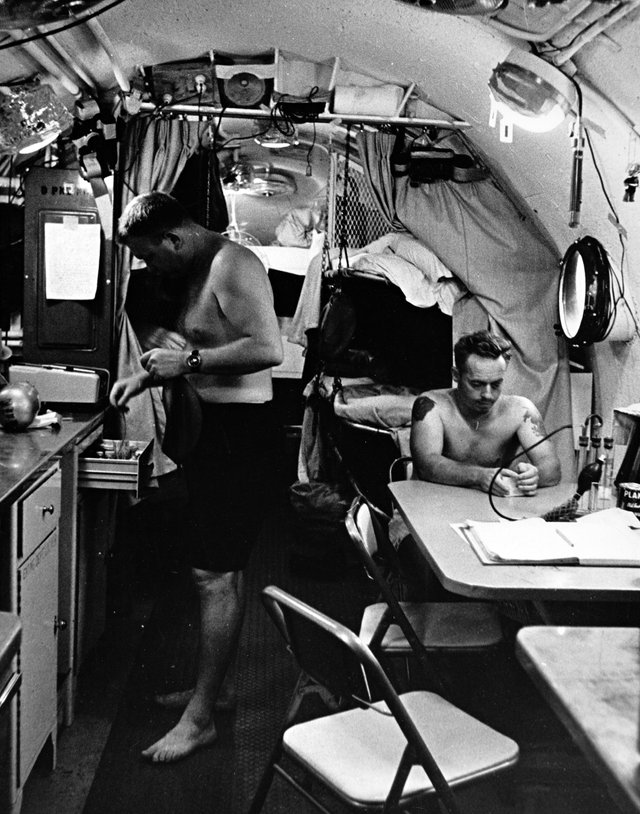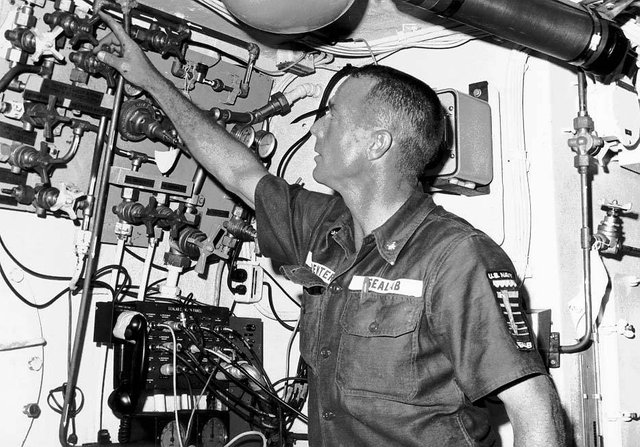Historical Underwater Habitat Showcase, Part 5: Sealab I (Patreon)
Content
Go ahead, get it out of your system. I'm tired of hearing all the Sealab 2021 quotes but I understand it. Yes, there actually was a real life Sealab program carried out by the US Navy. Yes, they really used trained dolphins. No, they didn't have Happy Cake Ovens.
Sealab 1, deployed in 1964, was the Navy's first serious experiment with fixed seafloor habitats. It predictably resembles a submarine hull, the Navy engineers responsible going with what they already understood, though the structure was immobile and possessed no propulsion system.
The Sealab program was headed up by George F. Bond, the father of saturation diving. In fact it was Sealab 1 where the findings used to perfect safe saturation diving were produced, from physiological monitoring of the aquanauts.
Conditions were spartan and miserable. This was the Navy's first attempt at a habitat, the principles of which differ drastically from a submarine. They hadn't yet learned basic lessons like the importance of separating the moon pool room from the living area to prevent the spread of humid air.
As a consequence the air throughout the habitat was always unbearably humid, leading to ear infections. The heliox breathing gas also made it difficult to sleep due to the thermal properties of helium, and there were numerous technical problems including partial flooding during deployment and malfunctioning toilets.
Tuffy, a trained porpoise, was used to shuttle mail and other items between the habitat (at a depth of 192 feet) and the surface, where the support ship loitered. Anything which had to stay dry for the trip was sealed inside a weighted down pressure cooker. George F. Bond isn't the only famous name attached to the Sealab program.
https://www.youtube.com/watch?v=WTLctPrqC3Q
Sealab 1 is also where astronaut/aquanaut Scott Carpenter spent a record breaking (at the time) 30 days, and where a phone call took place between Scott in Sealab 1 and astronauts in orbit. This was the first communication of its kind.
All of this set the stage for the much more advanced and capable Sealab II, which will be covered in the next article in this series. Stay tuned!



